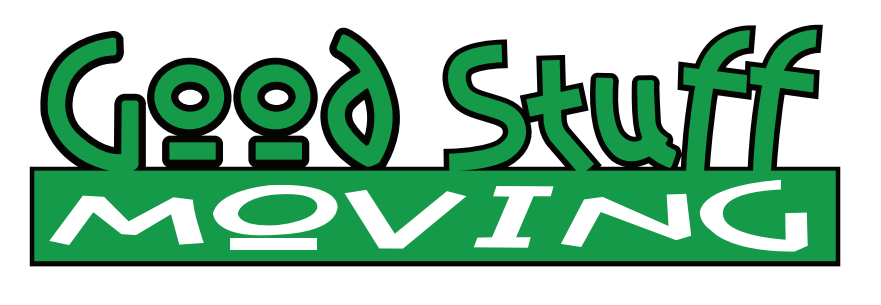June 18, 2015
Father’s Day: A Little Bit Of History
 Father’s Day is June 20th this year so we decided to take a look at how this day originated. It’s an interesting story of a holiday that almost didn’t come to be. Men in more traditional times thought the idea was foolish. We found an interesting article on History.com about Father’s Day that’s fun to read and we’ve picked out a few of the highlights quoted below.
Father’s Day is June 20th this year so we decided to take a look at how this day originated. It’s an interesting story of a holiday that almost didn’t come to be. Men in more traditional times thought the idea was foolish. We found an interesting article on History.com about Father’s Day that’s fun to read and we’ve picked out a few of the highlights quoted below.
Off to a slow start
The governor of the U.S. state of Washington proclaimed the nation’s first “Father’s Day” on July 19, 1910. However, it took a full 58 years after President Woodrow Wilson made Mother’s Day official, for the day to become a nationwide holiday. In 1972, Richard Nixon signed a proclamation finally making Father’s Day a federal holiday.
The campaign to celebrate the nation’s fathers did not meet with the same enthusiasm–perhaps because, as one florist explained, “fathers haven’t the same sentimental appeal that mothers have.” On July 5, 1908, a West Virginia church sponsored the nation’s first event explicitly in honor of fathers, a Sunday sermon in memory of the 362 men who had died in the previous December’s explosions at the Fairmont Coal Company mines in Monongah, but it was a one-time commemoration and not an annual holiday. The next year, a Spokane,Washington woman named Sonora Smart Dodd, one of six children raised by a widower, tried to establish an official equivalent to Mother’s Day for male parents. She went to local churches, the YMCA, shopkeepers and government officials to drum up support for her idea, and she was successful: Washington State celebrated the nation’s first statewide Father’s Day on July 19, 1910.
In 1916, President Wilson honored the day by using telegraph signals to unfurl a flag in Spokane when he pressed a button in Washington, D.C.In 1924, President Calvin Coolidge urged state governments to observe Father’s Day. However, many men continued to disdain the day. As one historian writes, they “scoffed at the holiday’s sentimental attempts to domesticate manliness with flowers and gift-giving, or they derided the proliferation of such holidays as a commercial gimmick to sell more products–often paid for by the father himself.
A move to abolish both Mother’s and Father’s Day
During the 1920s and 1930s, a movement arose to scrap Mother’s Day and Father’s Day altogether in favor of a single holiday, Parents’ Day. Paradoxically, however, the Depression derailed this effort to combine and de-commercialize the holidays. Struggling retailers and advertisers redoubled their efforts to make Father’s Day a “second Christmas” for men, promoting goods such as neckties, hats, socks, pipes and tobacco, golf clubs and other sporting goods, and greeting cards. When World War II began, advertisers began to argue that celebrating Father’s Day was a way to honor American troops and support the war effort. By the end of the war, Father’s Day may not have been a federal holiday, but it was a national institution.
According to economists, Americans spend more than $1 billion each year on Father’s Day gifts. We at Good Stuff Movers extend our sincere thanks all dads and men who support us in any way on this important day.



